Alcatraz, California
Steven Dutch, Professor Emeritus, Natural and Applied Sciences,
Universityof Wisconsin - Green Bay
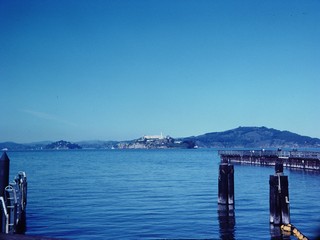 |
Alcatraz' central position in the bay made it a natural defensive
position. After California was acquired during the Mexican War, the
Army planned to fortify the island. It was used as an Army post from
1850 to 1933. For much of that time its principal function was as a
military prison. San Francisco narrowly escaped attack in 1865. The Confederate raider Shenandoah learned that the city was essentially undefended, but before reaching California, she encountered a British ship and learned that the Civil War was over. |
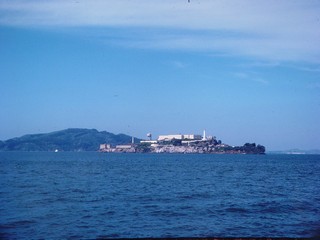 |
From 1934 to 1963, Alcatraz was a maximum security, minimum privilege Federal prison, though some inmates considered it better than many other prisons, for one thing, because of the lack of crowding. Alcatraz never came anywhere close to full capacity. The island sat idle for several years but was occupied by Indian militants from 1969 to 1971. The island became part of Golden Gate National Recreation Area in 1972 and opened for visitors in 1973. |
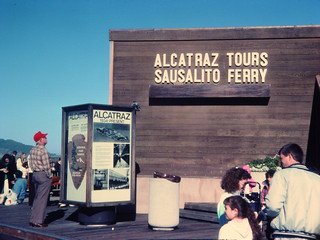 |
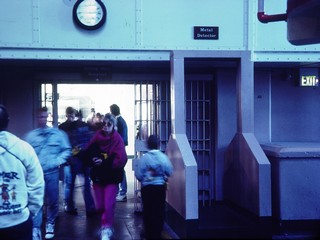 |
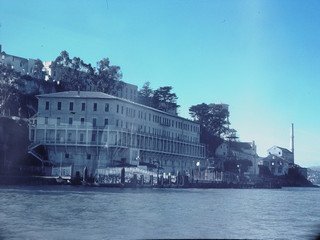 |
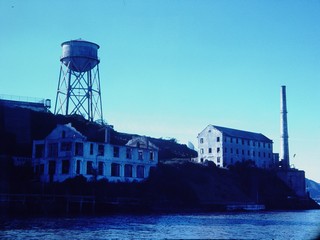 |
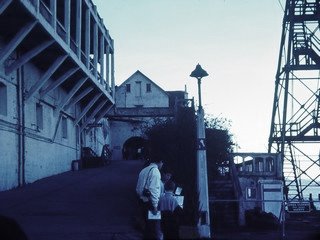 |
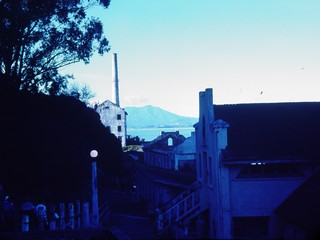 |
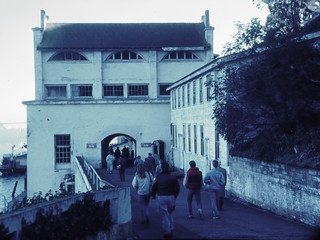 |
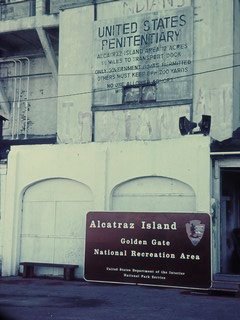 |
The Cells
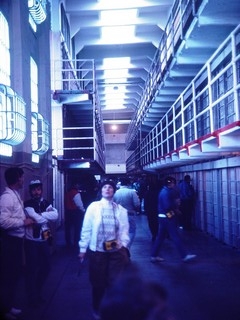 |
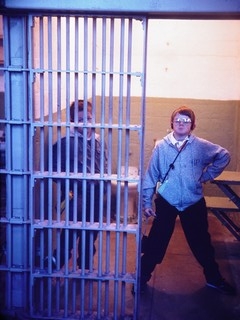 |
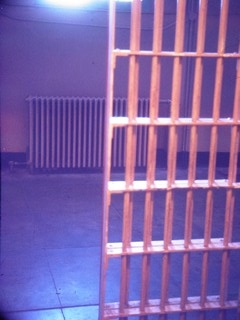 |
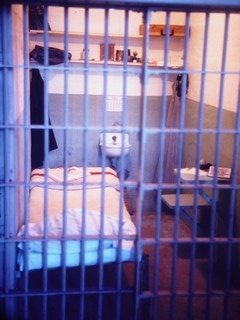 |
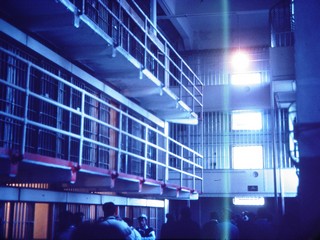 |
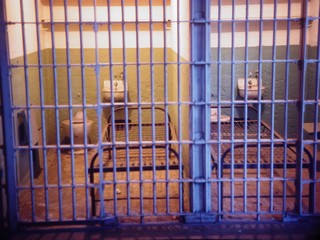 |
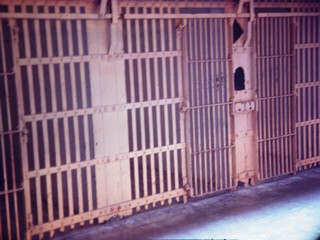 |
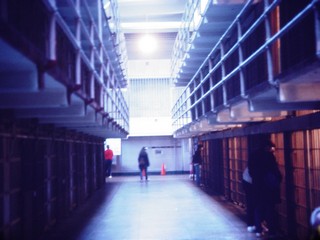 |
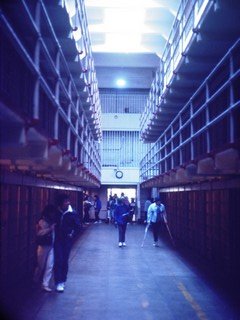 |
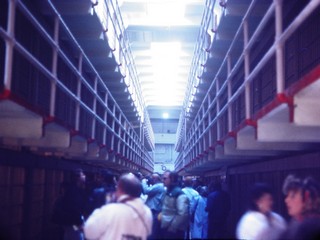 |
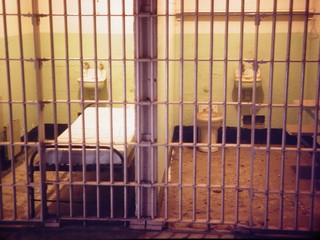 |
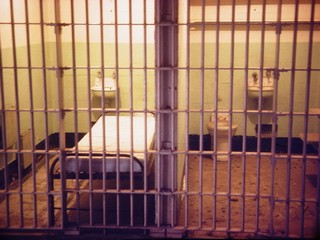 |
| Below: in June, 1962, not long before Alcatraz closed, three inmates tunneled into a utility corridor, escaped the cell block, and attempted to escape on homemade inflatable rafts. They were never heard from again. The hole they made is still visible in the cell below. | In December, 1962, two more inmates escaped. One was recaptured on the island, the other actually made it to the mainland, the only known inmate to do so. |
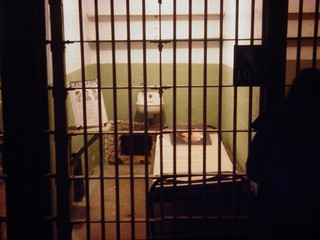 |
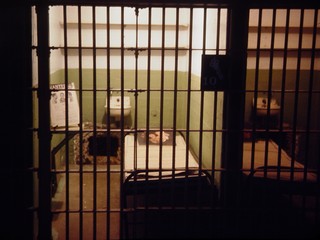 |
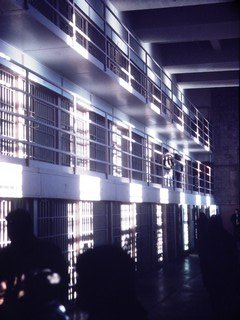 |
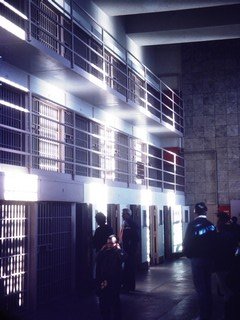 |
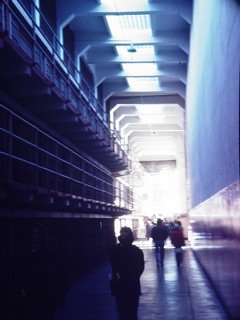 |
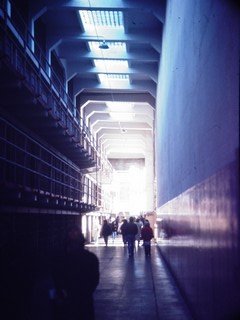 |
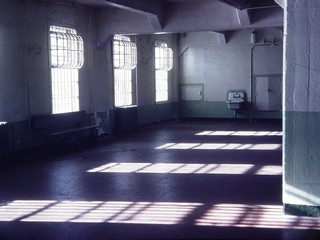 |
|
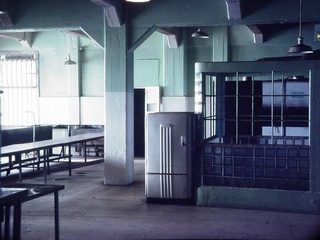 |
|
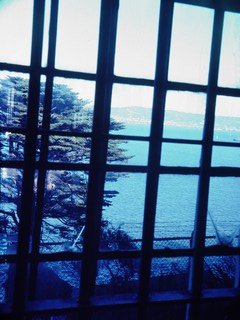 |
|
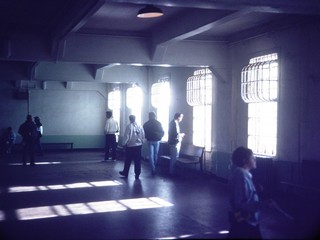 |
|
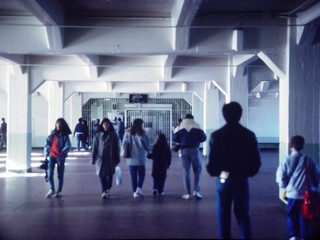 |
|
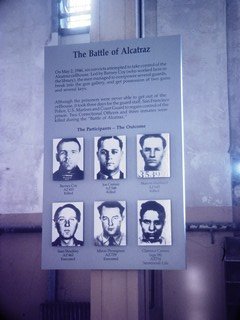 |
A botched escape attempt in May 1946 by six inmates left three of them dead along with two guards. Two of the survivors were executed at San Quentin and the remaining survivor got an extra 99 years on his sentence. |
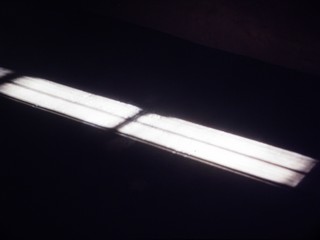 |
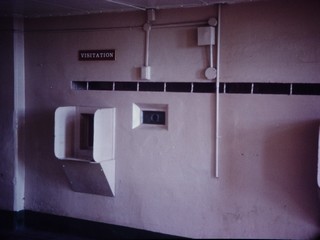 |
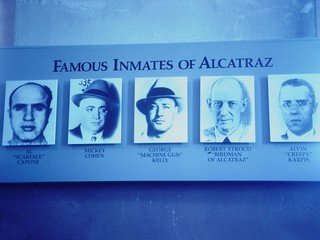 |
|
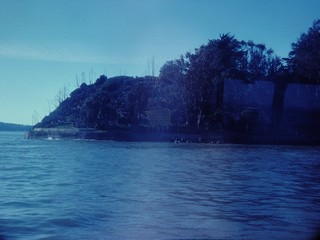 |
|
Outside Views
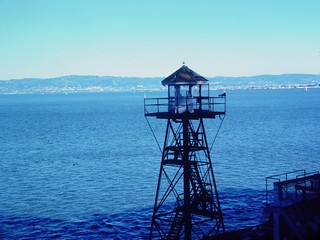 |
Watch tower. |
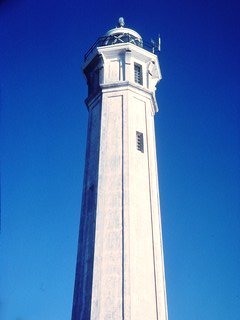 |
|
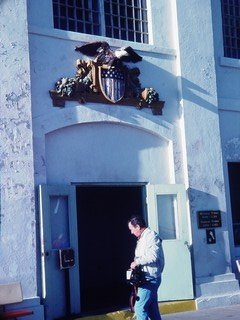 |
|
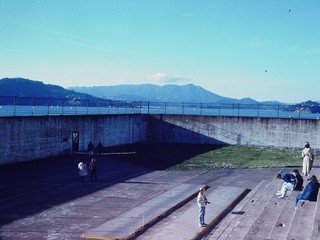 |
Exercise yard with Mount Tamalpais in the distance. |
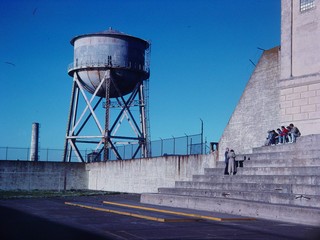 |
Water tower and exercise yard. |
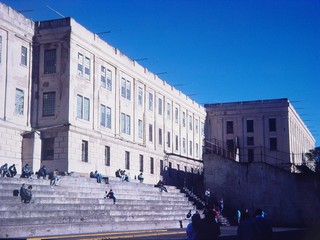 |
Exercise yard and main building. |
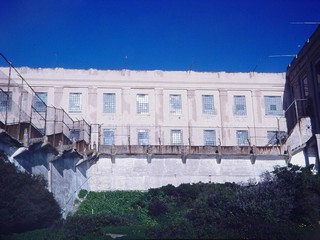 |
Main building from outside the walls. |
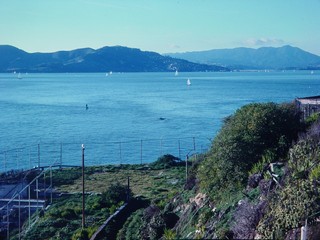 |
Shoreline with Angel Island and Mount Tamalpais. |
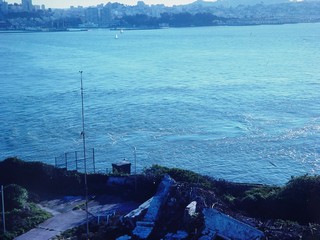 |
Left: the strong currents in the bay and the cold water were the primary obstacles to escaping. Contrary to popular myth, there are no large sharks in the bay. |
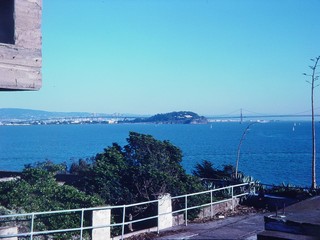 |
Looking south at the Bay Bridge and Yerba Buena Island. |
San Francisco and the Bay
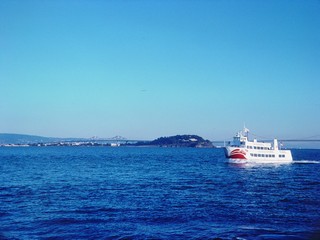 |
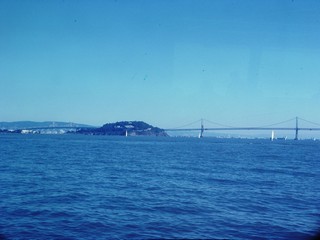 |
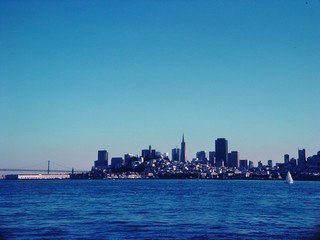 |
|
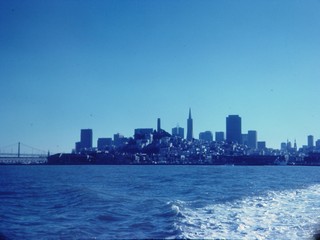 |
|
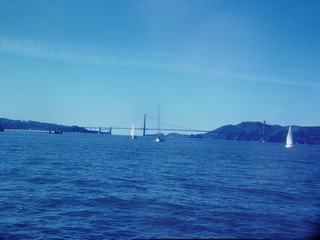 |
|
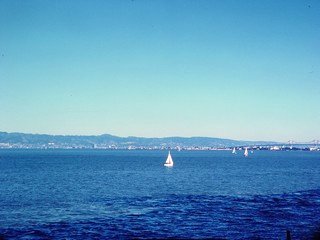 |
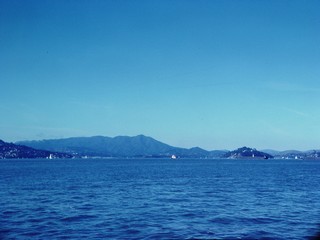 |
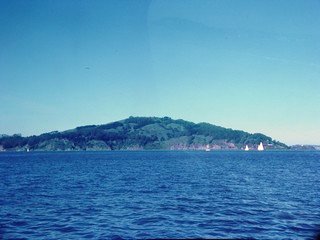 |
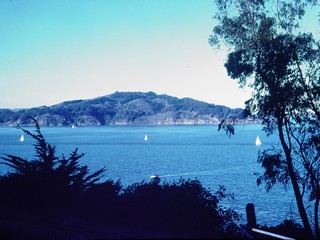 |
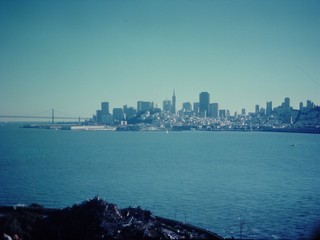 |
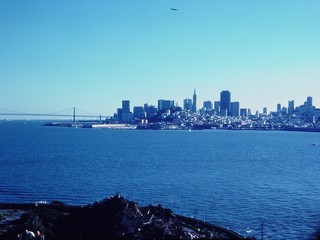 |
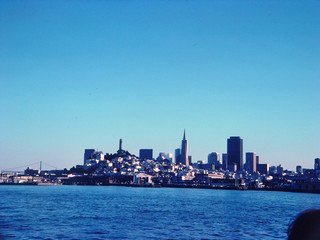 |
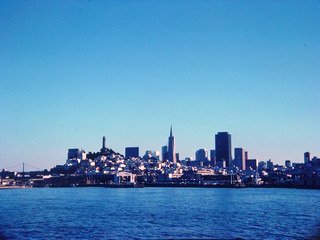 |
Views of Alcatraz
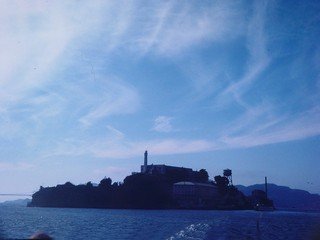 |
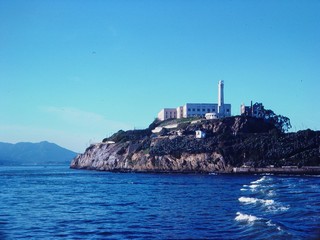 |
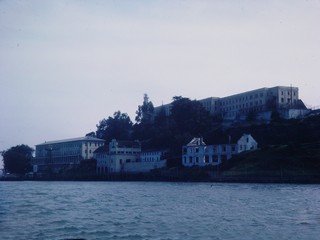 |
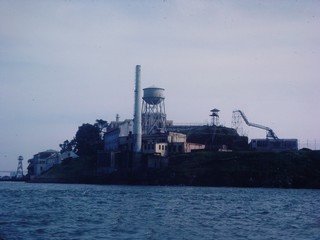 |
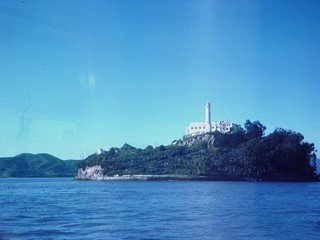 |
|
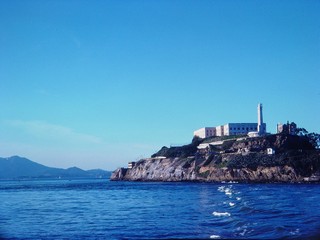 |
Left: Alcatraz' rugged slopes are picturesque but not natural. The Army blasted the original slopes to make them steeper for defensive purposes. |
Return to Virtual FieldTrips Index
Return to Professor Dutch's Home Page
Created 15 January 2007, Last Update 03 June 2020